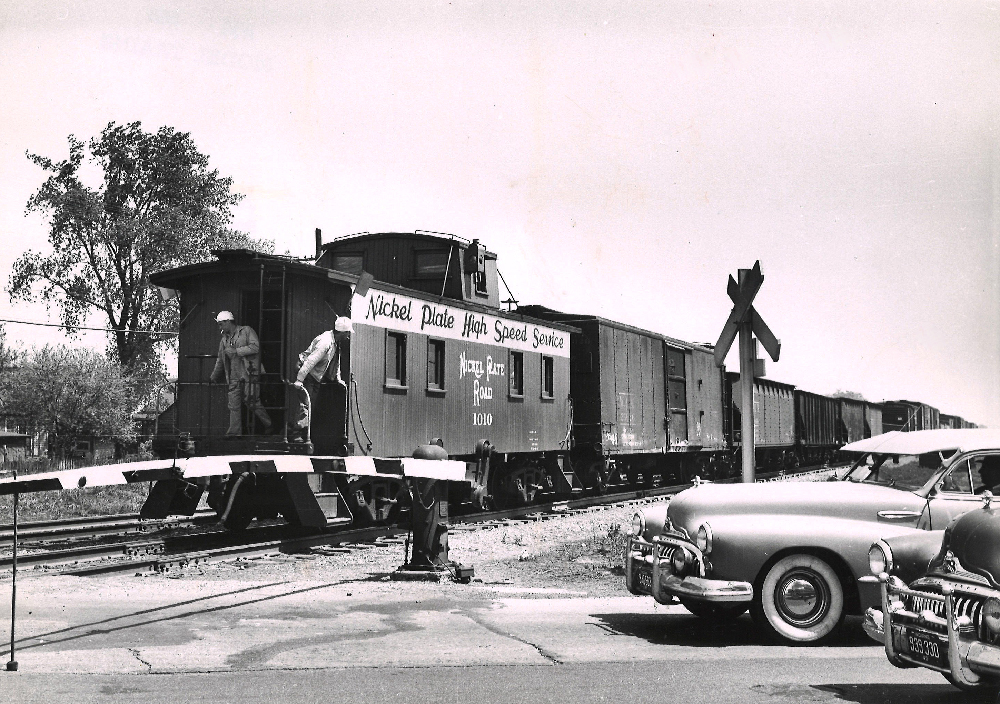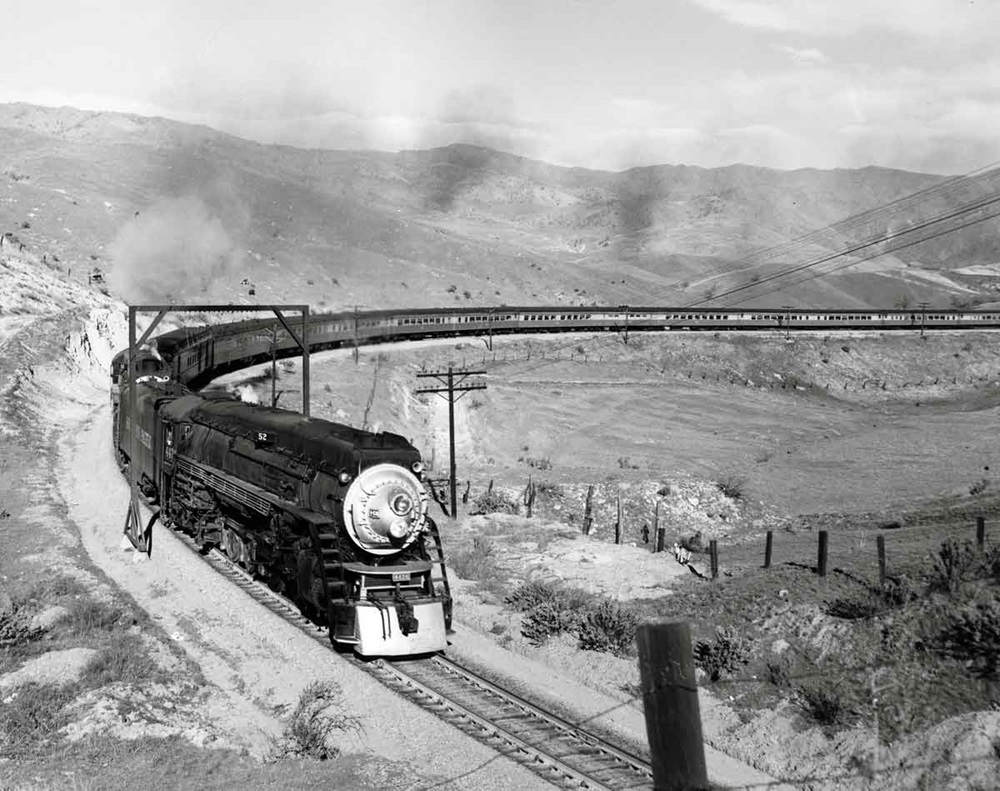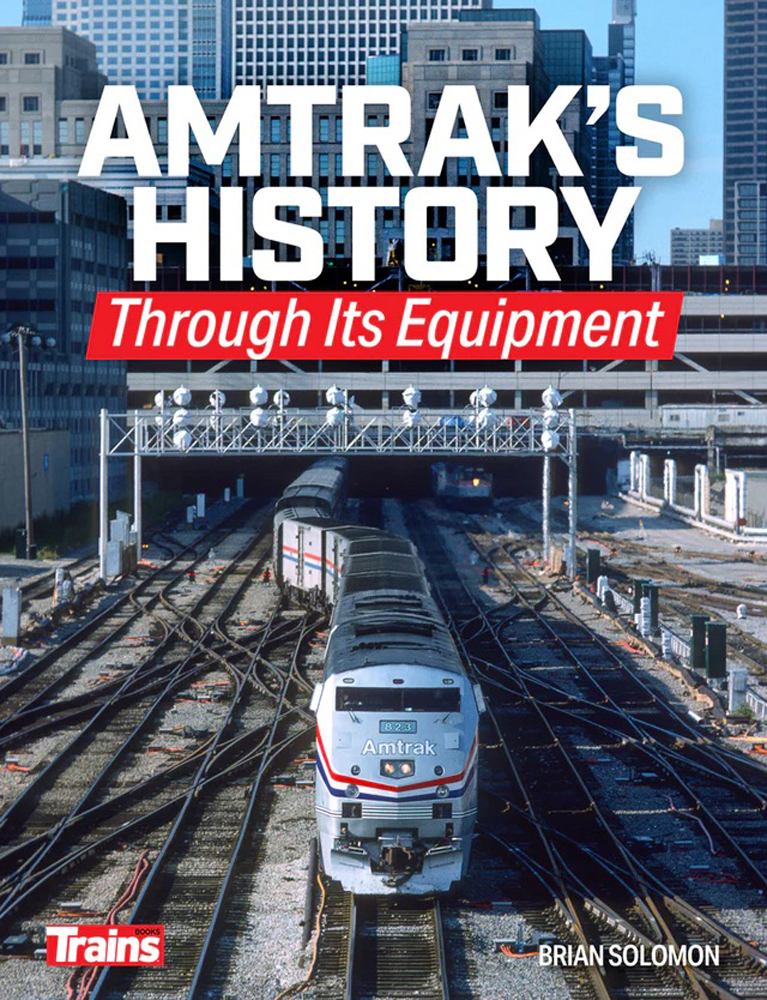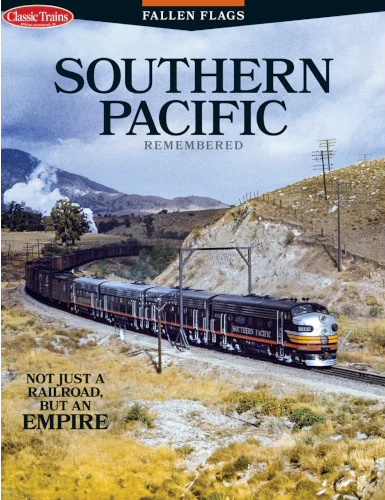Railroads of the past can be full of mystery, but it doesn’t have to be that way. There are numerous paths, some fruitful and others not, to find answers to your own mysteries. Follow these simple railroad research tips for better results.
Printed resources, both historic and modern, are numerous. Perhaps the most comprehensive is The Official Guide of the Railways, often referred to simply as The Official Guide. Published monthly for more than a century, it provided timetable and equipment information for the entirety of the North American rail network into the early Amtrak era. For more information on specific lines, look for an old employee timetable, which can include passenger and freight train schedules, mileposts, facilities, maps, grade profiles, and operating instructions. Other resources can include track charts, rule books, shipper directories, and more.
Digital resources are evolving and are often best approached as an index to paper records. This is especially true of federal government holdings, through the Library of Congress or National Archives.
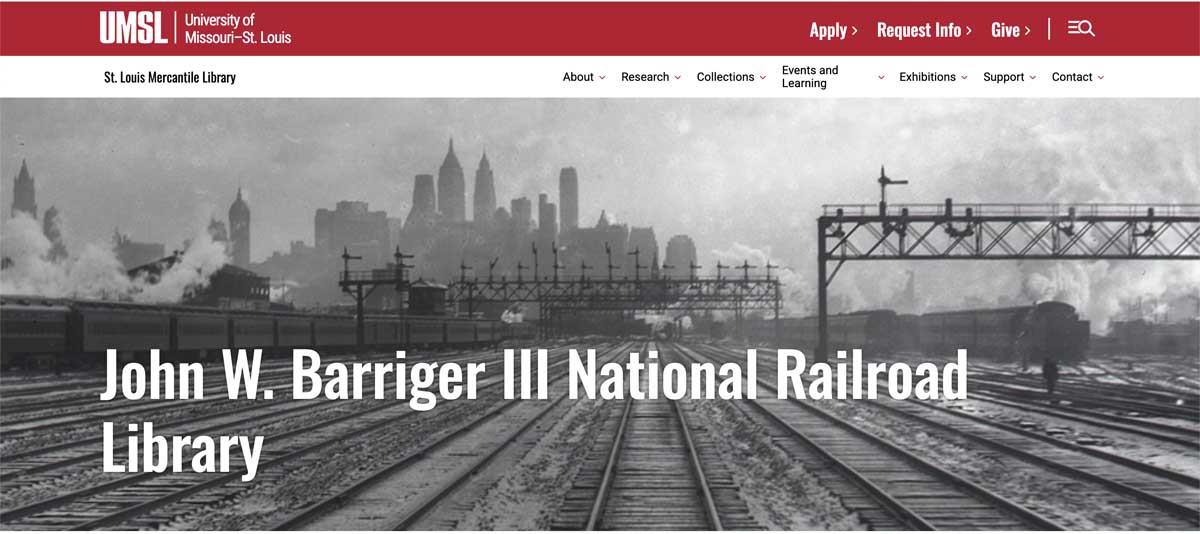
Libraries and historical societies, both railroad and location-oriented, can also be useful, in both their holdings and institutional knowledge. Among the premier railroad libraries is the University of Missouri-St. Louis Mercantile Library’s John W. Barriger III National Railroad Library, which has holdings relevant to research across the country. Most major North American railroads have dedicated historical societies and there are regional chapters of the National Railway Historical Society and Railway & Locomotive Historical Society throughout the U.S.
The Railroad Retirement Board can provide records for genealogical research through the National Archives at Atlanta. Printed sources for research on individuals include Who’s Who in Railroading, a now historic reference for railroad officials, and Pocket List of Railroad Officials, which is still in publication with the latest staffing changes.
Finally, don’t forget the value of plain old networking. What’s a deep mystery for you may be common knowledge to someone else.






